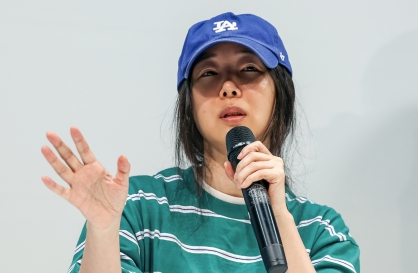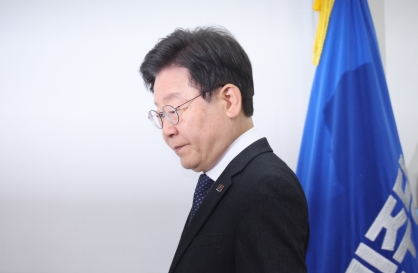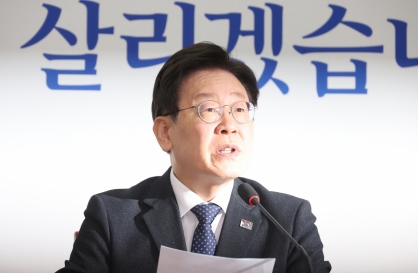

“What is it you don’t understand? She’s dead, dead, dead.” That is how David Durand, Chief Medical Officer of Oakland’s Children’s Hospital, attempted to convince the family of Jahi McMath that the standard medical tests for brain death had shown that their teenage daughter was no longer alive.
The family stood firm in opposing this view, and the hospital eventually allowed them to take her to New Jersey, the only US state that requires hospitals to accommodate patients whose families object, on religious grounds, to regarding brain death as death. For more than four years, she remained a functioning (though radically disabled) member of the species Homo sapiens: fighting off infections, reacting to bodily trauma by increasing her heartrate, and getting her first period.
Jahi’s case revived interest in (and debate over) what it means to die. A few years earlier there appeared to be a consensus that brain death is death. But if such a consensus ever existed, it no longer does.
Until the 1960s, death was indicated by the irreversible cessation of a person’s heartbeat. But the invention of a ventilator that could keep severely brain-damaged humans alive, combined with the success of organ transplants, led a Harvard Committee to recommend “brain death” as a new standard for determining when someone has died.
That decision led, by 1980, to the Uniform Law Commission proposing a new Uniform Determination of Death. Soon after, “brain death” would be considered death in all 50 states.
Astonishingly, this substantial shift in our understanding of when a human being dies occurred with very little public discussion or scrutiny. Few knew, for instance, that, as archival research has revealed, the Harvard Committee explicitly discussed the need to change the definition of death so that more organs would be available for transplant.
Brain death became a virtually unquestioned concept -- hence Durand’s frustration at the McMath family’s refusal to accept that, notwithstanding Jahi’s beating heart and warm body, she was dead. But that case played a key role in breaking the consensus, as did several cases in which a “dead” woman gestated a living child to birth. One of these cases produced the headline, “Brain-Dead Woman Gives Birth, Then Dies.”
Such coverage could be dismissed as indicating a popular misunderstanding of the scientific facts. Not so easy to dismiss was an editorial in Nature noting that, although the 1980 Uniform Determination of Death requires “irreversible cessation of all functions of the entire brain,” the standard tests used to determine brain death do not test for cessation of all brain functions. In some individuals declared to be brain dead, the pituitary gland and/or the hypothalamus are functioning (which is likely how individuals like Jahi McMath can reach puberty after being declared dead).
Under pressure from physicians and transplant groups to address these inconsistencies, the Uniform Law Commission was asked to consider changing the 1980 definition to reflect the fact that physicians do not test for whole brain death, but rather for “permanent coma, permanent cessation of spontaneous respiratory functions, and permanent loss of brainstem reflexes.” The commission met in Honolulu this past July. The ensuing discussion showed that there was nothing approaching a consensus about brain death.
In September, the chair of the committee that had been discussing how to revise the definition sent an email to those involved saying that “we have decided to pause” the effort. “No further drafting committee meetings will be scheduled at this time,” he added.
We interpret this outcome as an indication that once the question of revising the definition of death was opened, it became apparent that it could not be answered without facing the profound and deeply divisive moral question about which there is no consensus: Under what circumstances is it justifiable to remove a person’s heart in order to save another’s life?
We have very different ethical stances on the inviolability of human life. One of us (Camosy) is a professor of bioethics at a Catholic medical school who also teaches moral theology to seminarians, and who supports equal justice for prenatal human beings and a prohibition against physician-assisted killing. The other (Singer), a professor of bioethics at Princeton University, is a utilitarian who supports the right to abortion and to physician aid in dying, and advocates for allowing parents to decide to end the lives of their severely disabled newborn infants. Yet we agree that many individuals, declared “brain dead” after the currently standard tests are correctly carried out, are living members of the species Homo sapiens.
To declare that some human beings with warm bodies and beating hearts are dead, as the Uniform Determination of Death legislation did, was a major cultural shift. And yet the potentially profound implications for the moral and legal status of prenatal and newborn human beings, along with older humans who have the neurological damage associated with later-stage dementia, were unacknowledged.
Given the emerging evidence of a profound lack of consensus surrounding these matters, we think it is time to have the debate that we should have had 50 years ago, about when human beings die. Such a debate cannot avoid the question of the moral and legal status of human beings who are alive, as human organisms, but have irreversibly lost the capacity for consciousness.
That is precisely the question that divides us. Camosy holds that such living human organisms retain their full moral status, while Singer believes that continued life can no longer benefit them, and hence their organs may be removed to save the lives of others. Where we agree is that these are the terms of debate for patients, policymakers, and ethicists alike.
Peter Singer, Charles Camosy
Peter Singer is a professor of bioethics at Princeton University. Charles Camosy is a professor of bioethics at the Creighton University School of Medicine. -- Ed.
(Project Syndicate)







